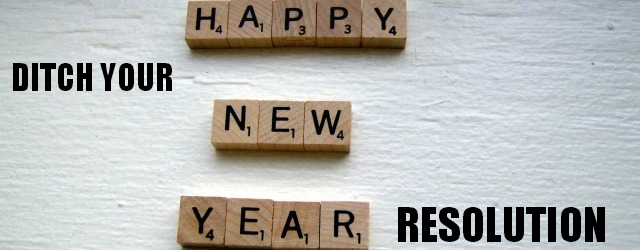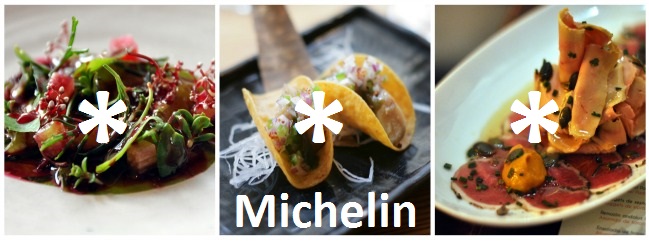
Five Facts about the Michelin Star
With the new Michelin Guide coming out 29th September, thousands of chefs around the world are holding their breath as they wait to see which restaurants have gained or lost 1, 2, or 3 of the world’s most coveted stars.
How much do you know about the Michelin Star system? Whether a self-confessed foodie or just a fan of great flavours, you might be surprised by the history of this world-famous gastronomic rating system… Read on!
What is a Michelin Star?
A well-regarded, critical opinion of a quality dining experience. In 1926, the Michelin Guide introduced a ‘star’ system, whereby a star could be displayed next to a restaurant’s entry to signal high quality. In 1931, an upgrade to the more sophisticated maximum 3 star system emerged, which remains in place to this day.
FACT: You can’t give back a Michelin Star, although some celebrity chefs have claimed to. It’s a rating, rather than a physical award.
Who started the Michelin Guide, and why?
Ever wondered whether the Michelin Guide has anything to do with Michelin tyres? You aren’t the only one, and it’s a valid question. The Michelin Guide was, in fact, created in 1900 by brothers Andre and Edouard Michelin – the now-famous tyre manufacturers with the smiley white tyre man logo.
The guide was an early piece of marketing genius. It highlighted places to eat and sleep around France, with the aim of boosting car (and tyre) sales, as at the time, there were fewer than 3,000 cars in France! Handed out for free, it also contained useful info for car drivers, like maps, instructions for changing tyres and lists of petrol stations.
FACT: During WW1 and WW2, publication of the Michelin Guide was put on hold. But in 1945, the British Army requested re-prints of the 1939 guide to give soldiers, as it was the best available map and guide to France.
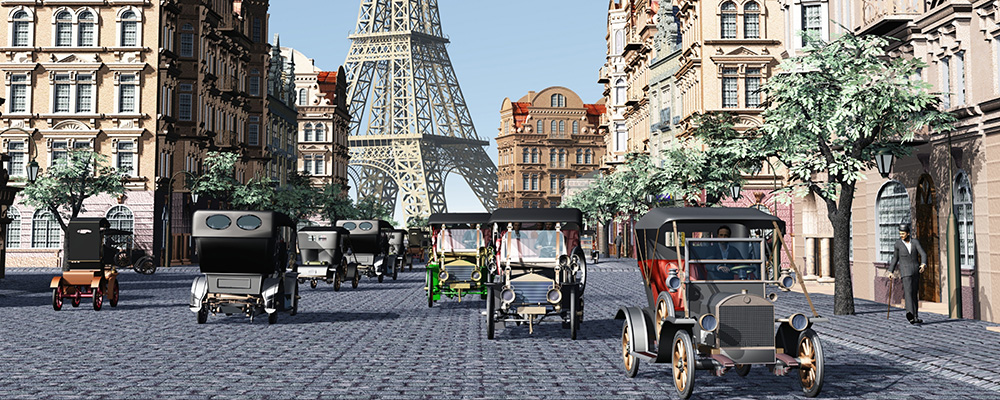
Is a Michelin Star awarded to a chef or a restaurant?
The Michelin Star (or Michelin Stars) are awarded to the restaurant, not the chef. However, the chef in charge of the kitchen generally gets the credit!
FACT: Marco Pierre White was the youngest chef ever to receive his 3rd star, aged 33. He has also trained other Michelin-starred chefs, including Gordon Ramsay.
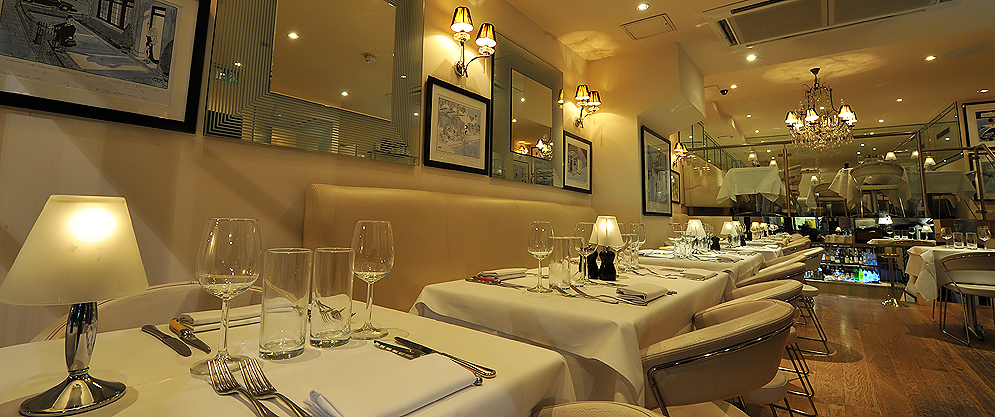
How are Michelin Stars judged?
The rating system is very simple. There are three grades of restaurant:

Anonymous inspectors are sent in to eat, drink, and to decide which grade a restaurant should receive, if any. All meals are paid for by Michelin. No-one knows how many inspectors there are, but there are a lot of restaurants!
FACT: As in the Bradley Cooper film Burnt 2015, no-one knows who Michelin inspectors are or how to recognise them, but there are theories and rumours galore.
Does decor count when awarding a Michelin Star?
No-one is entirely sure. Japanese sushi restaurant Saito is basically a large white room with white benches, set in a multi-storey car park building and is also the proud owner of 3 stars, so probably not. The guide does give a hint as to luxuriousness, with its pictorial fork and spoon rating from 1 to 5.
FACT: A Hong Kong dim-sum eatery called Tim Ho Wan was the cheapest restaurant to be awarded a Michelin star in 2009, serving dishes at just over $1.
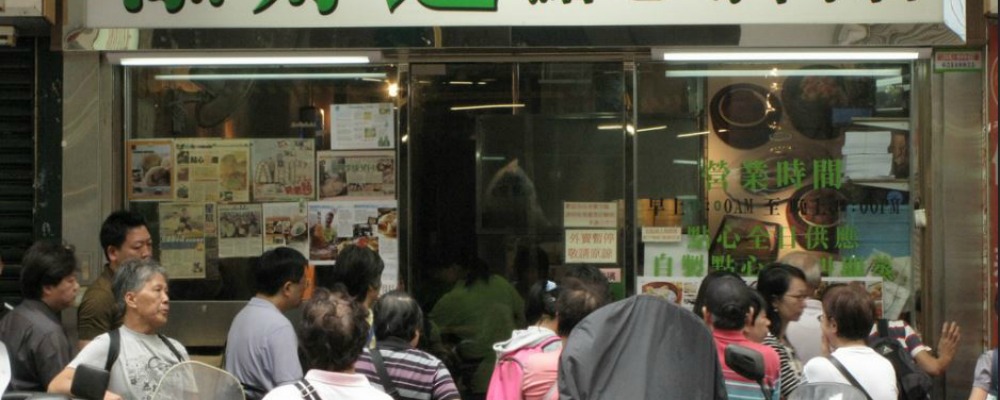
Does a Michelin Star really affect a restaurant’s popularity and success?
Yes. Michelin-starred restaurants become not just eateries, but destinations for everyone from food critics to celebrities to royalty. Many travel internationally to sample dishes at newly-awarded restaurants. Chefs can get famously disappointed and angry when stars aren’t awarded or are taken away, even closing down landmark restaurants.
FACT: Gordon Ramsay famously cried when his New York restaurant lost its 2nd star in 2013, but is also the owner of one of London’s only 3 Michelin-starred restaurants, Restaurant Gordon Ramsay… Cheer up Gordon!
We’ve dined at a Michelin Restaurant – have you? Why not taste the creations of celebrity chefs Marco Pierre White or Gordon Ramsay?

